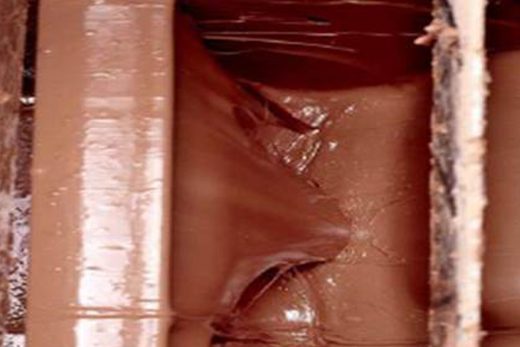Cocoa Processes
FERMENTATION
It is one of the post-harvest processes that most affects the quality of the products obtained from cocoa. During fermentation, the pulp is degraded by the action of microorganisms, which causes the temperature to rise, the production of ethanol, lactic acid and acetic acid. This process results in the formation Read more
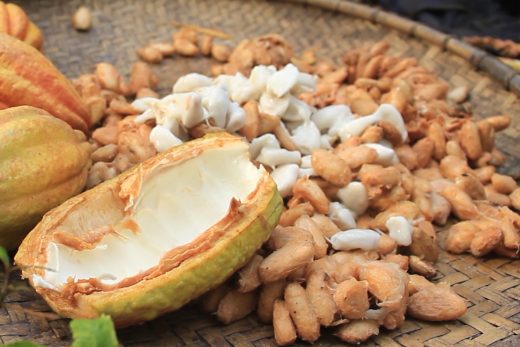
DRYING
After fermentation, the grains have a moisture content of 55%. For storage and subsequent processing, they must be dried until reaching 6 – 8% humidity. During this process, the oxidative reactions of fermentation continue to take place. The most commonly used drying technique is sunlight, because it induces the development Read more
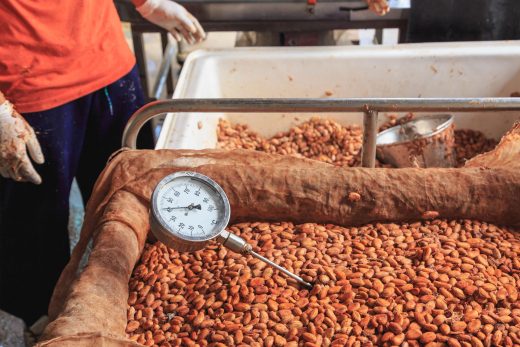
TOASTED
In this processing stage, the characteristic aromas and flavors of cocoa are developed, which are formed from the precursors that have been developed during fermentation and drying. Roasting must be carefully controlled to ensure proper development of the chocolate flavor.This process can be applied in three ways: whole bean roasting, Read more
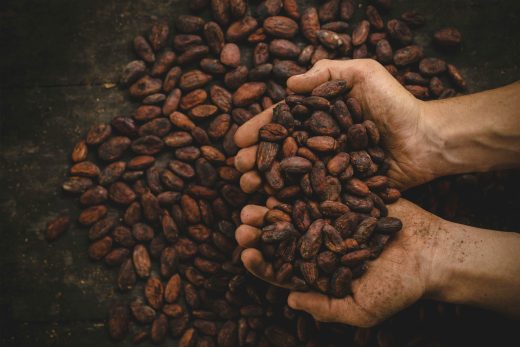
ALKALIZATION
It is a process where an alkali is used to treat cocoa products (nib, cocoa liquor or powder). The main alkalizing agents used are: sodium or potassium hydroxide, carbonate or bicarbonate; oxide or sodium carbonate. This process is necessary because, after fermentation, cocoa has a low pH (4.7 – 5.5), Read more
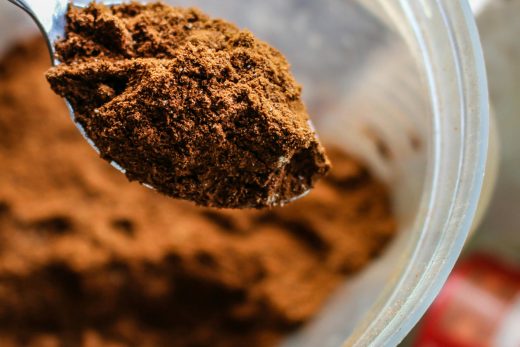
CONCHING
Heat treatment generally used to determine the final texture and aroma of chocolate. It consists of using granite rollers to mix and cut the chocolate in order to give it a better flavor and smoothness. Likewise, it allows the improvement of the flavor profile and the reduction of free volatile Read more
